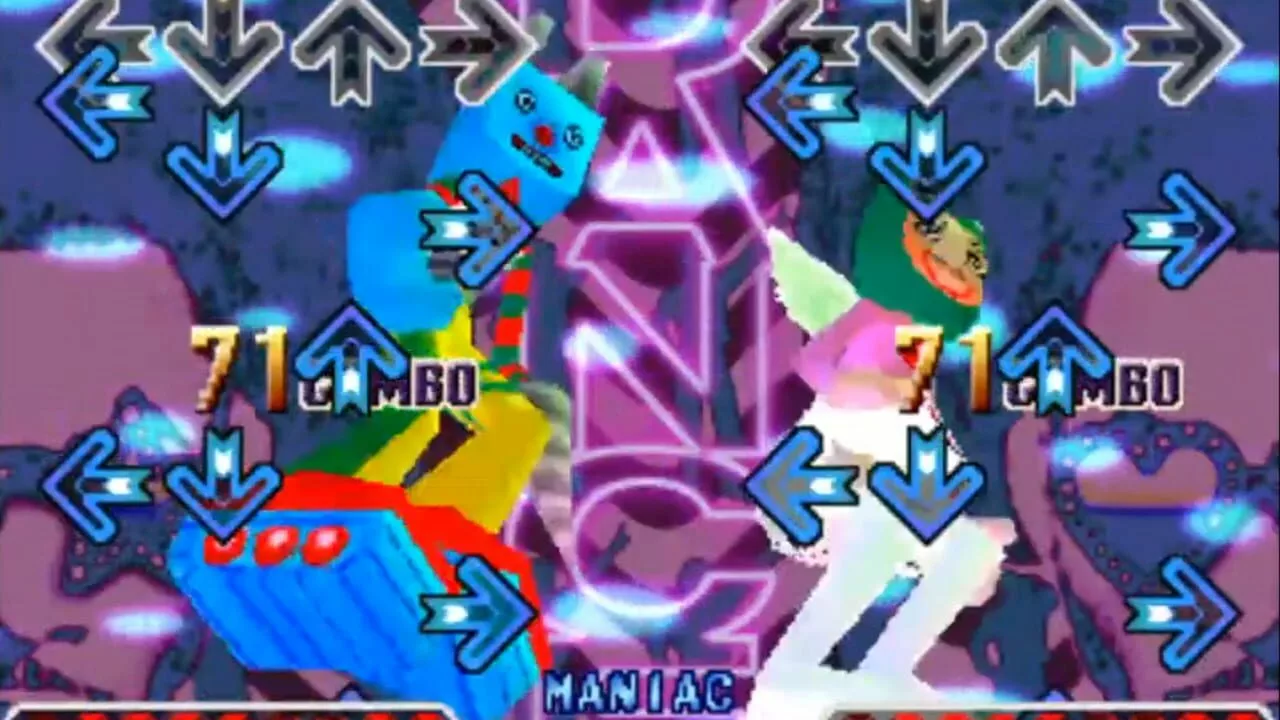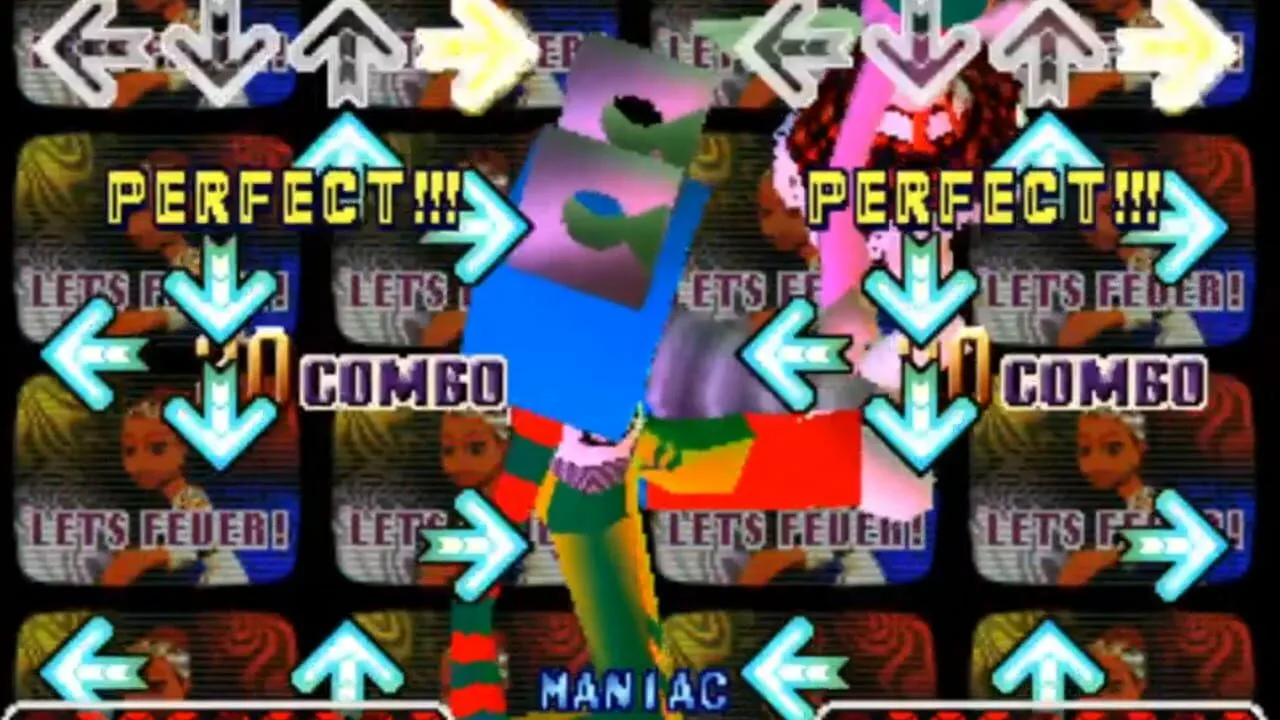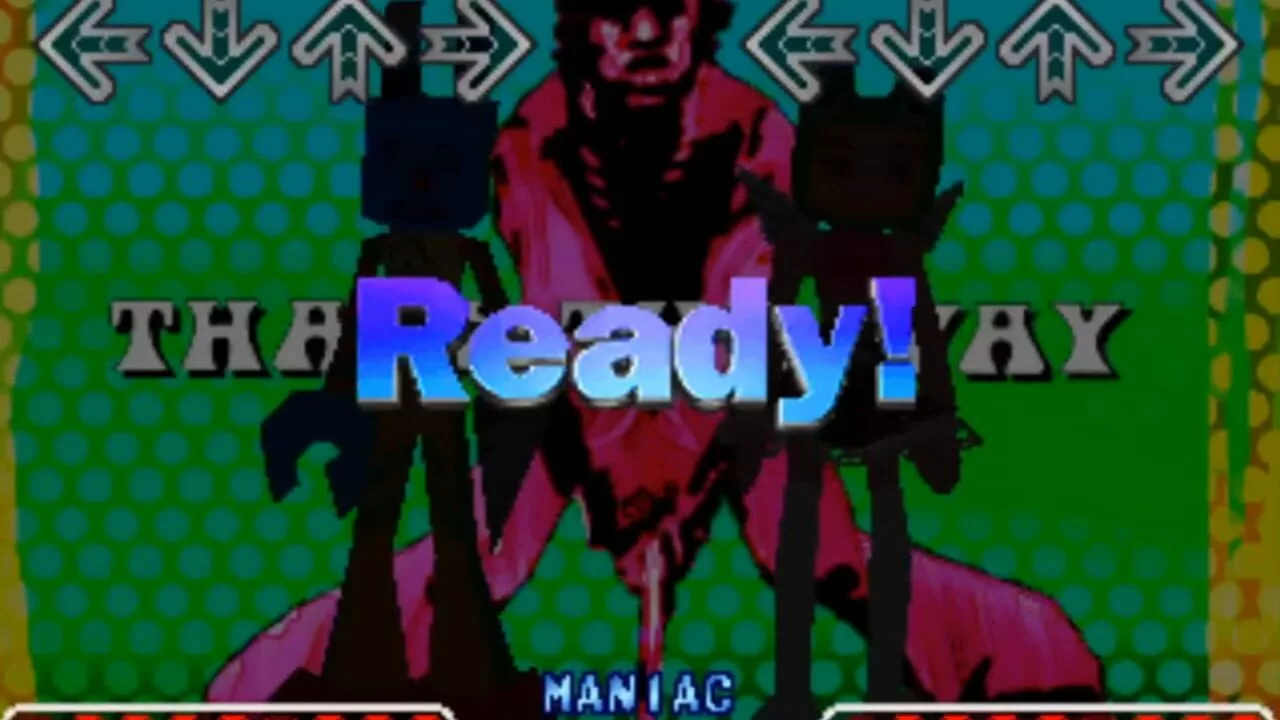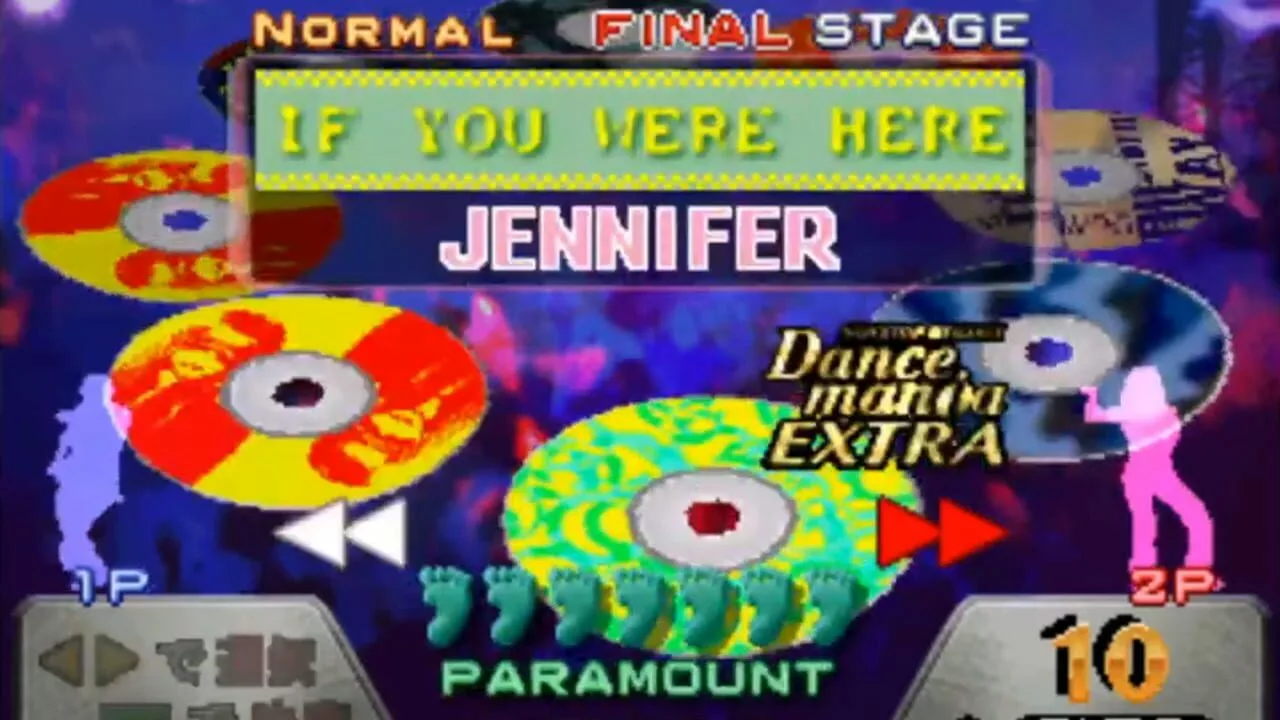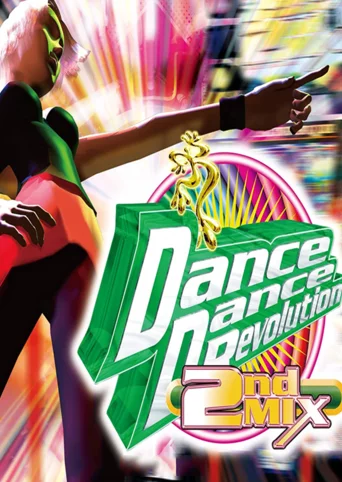
Dance Dance Revolution 2ndMix (1999)
Genres:Puzzle, Simulator, Music
Themes:Party
Game modes:Single player, Multiplayer
Story:Dance Dance Revolution 2ndMix, is the second game in the Dance Dance Revolution series of music video games. It was released as an arcade game by Konami in Japan on January 29, 1999. It has a total of 32 songs: ten from the original Dance Dance Revolution arcade game and 26 all-new songs. An updated version, Dance Dance Revolution 2ndMix Link Version, was released to Japanese arcades on April 28, 1999. This version came with a PlayStation memory card reader, installed in the middle of the arcade cabinet. It supports cards that have Link Data from the home version of Dance Dance Revolution, allowing each player to save high scores and play custom step edits. 2ndMix Link Version adds five new songs to the game, two from the home version and three new licenses, for a total of 37 songs. Future Dance Dance Revolution releases in Japan, up to and including Dance Dance Revolution Extreme, integrated Link Data functionality in-game. However, these required different home games to produce different Link Data formats: 3rdMix, 4thMix, 4thMix Plus, 5thMix and New Version.Show more
Vote to bring this game to GOG and help preserve it.42
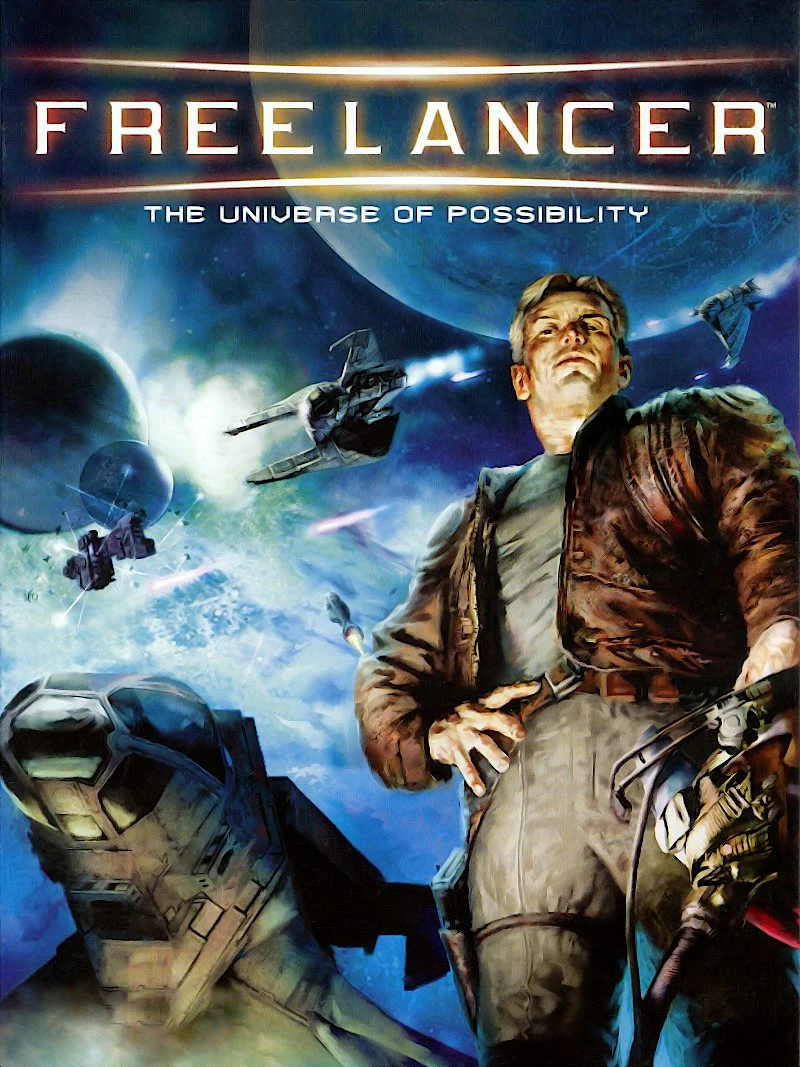
FreelancerEight hundred years prior to the start of our story, bitter conflict divided all of mankind. A handful of colonists struck out on their own to begin anew - far away from the Earth and its turmoil. Several ships were launched with enough equipment and supplies to give the hundreds onboard a fighting chance - but since the area around far-off Sirius had never been surveyed, no one really knew what to expect. What they found was a new frontier of free-flowing natural resources, unexplored territories, great wonders and lurking dangers. Each ship, representing the clusters of people and their earthly place of origin, settled into different parts of the galaxy pre-selected by their ship-board computer to give them the best chance of survival.
Life was hard in the beginning, but over the 800 years the different colonies prospered and expanded their territories, claiming more and more systems for their own. Survival and propagation eventually led to growth and profit as each of the colonies developed specialties and fostered commerce. As the colonies grew and time passed their connections with their roots on Earth dwindled and they lost their memories of the conflicts of the past. Soon their attention was dominated by new, more immediate conflicts. Feelings of lost ancestral connection spurred anachronism in the look of the great cities, and created a somewhat distorted image of each colony's cultural heritage. In the ever-expanding outer edge of the territories, frontier lawlessness prevailed.
The Houses: Each shipboard colony that left Earth carried some memory of its origins in its name. The Liberty carried Americans, The Bretonia flew from The United Kingdom and surrounding territory, The Kusari from Asia, and the Rheinland launched with Germanic cargo.
As each ship settled and colonies began to expand, they knew little about each other and their advancing development. Finally, little by little, the individual colonies found each other and began to set up trade routes to link their systems for commerce and solidarity.
Today, with each colony firmly rooted in its respective corner of the galaxy, the colonies rely heavily on each other for trade and industry but also compete for resources and new territories in the Border Worlds. The colonies mandate member governments in "The New Alliance" within the Sirius sector. To control conflicts, each colony has forged alliances and treaties with others as they have grown. Competition remains fierce, however. Struggles rage for supremacy in business, commerce, resources, power and control. There can be tenuous peace between colonies' political agendas, but the grabs for holdings constantly unsettle the volatile frontier.Our Pick Top Trending Science fiction Sandbox
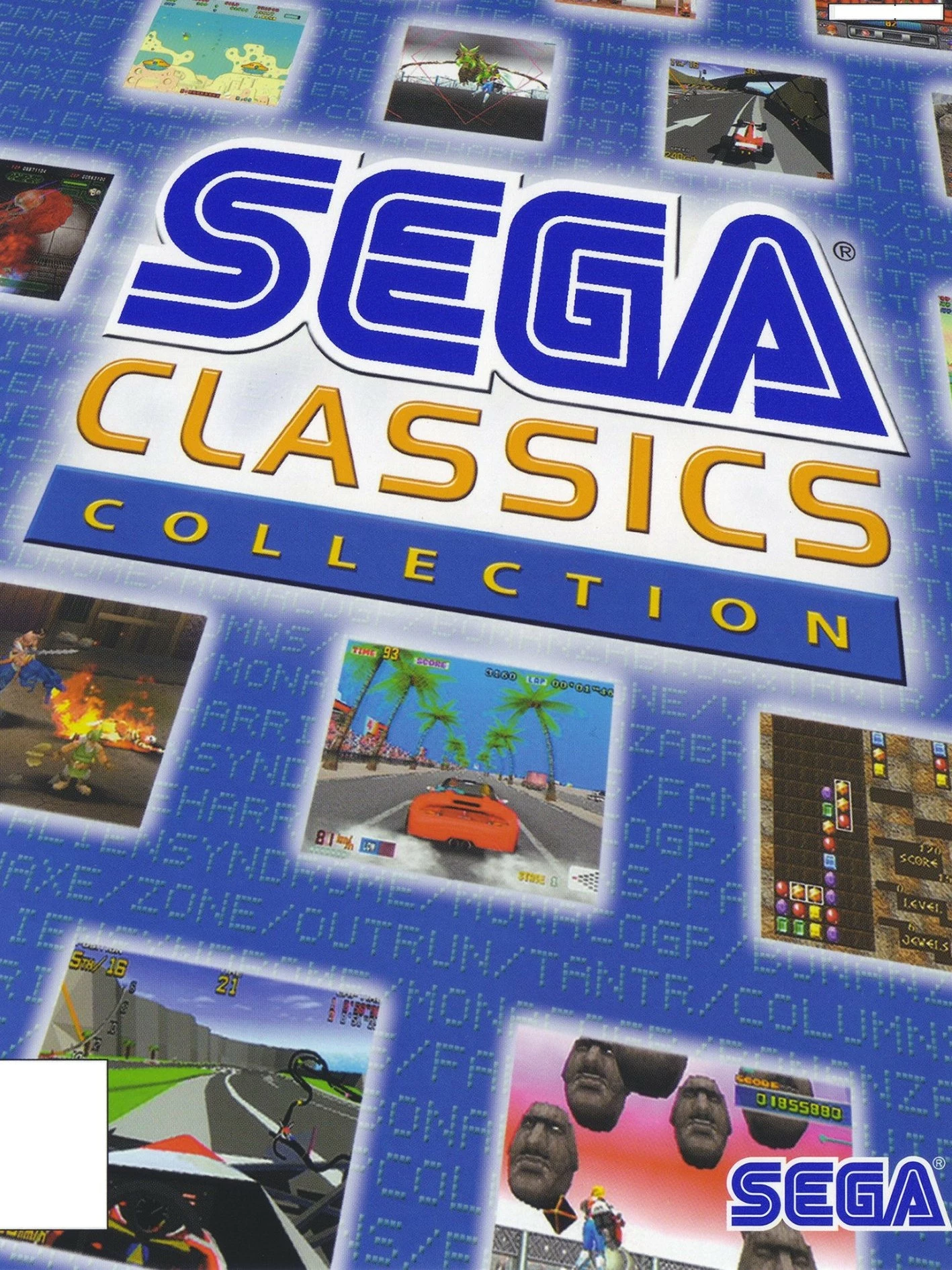
Sega Classics CollectionA compilation of previously Japan-exclusive SEGA AGES 2500 remakes.New Action Fantasy Science fiction
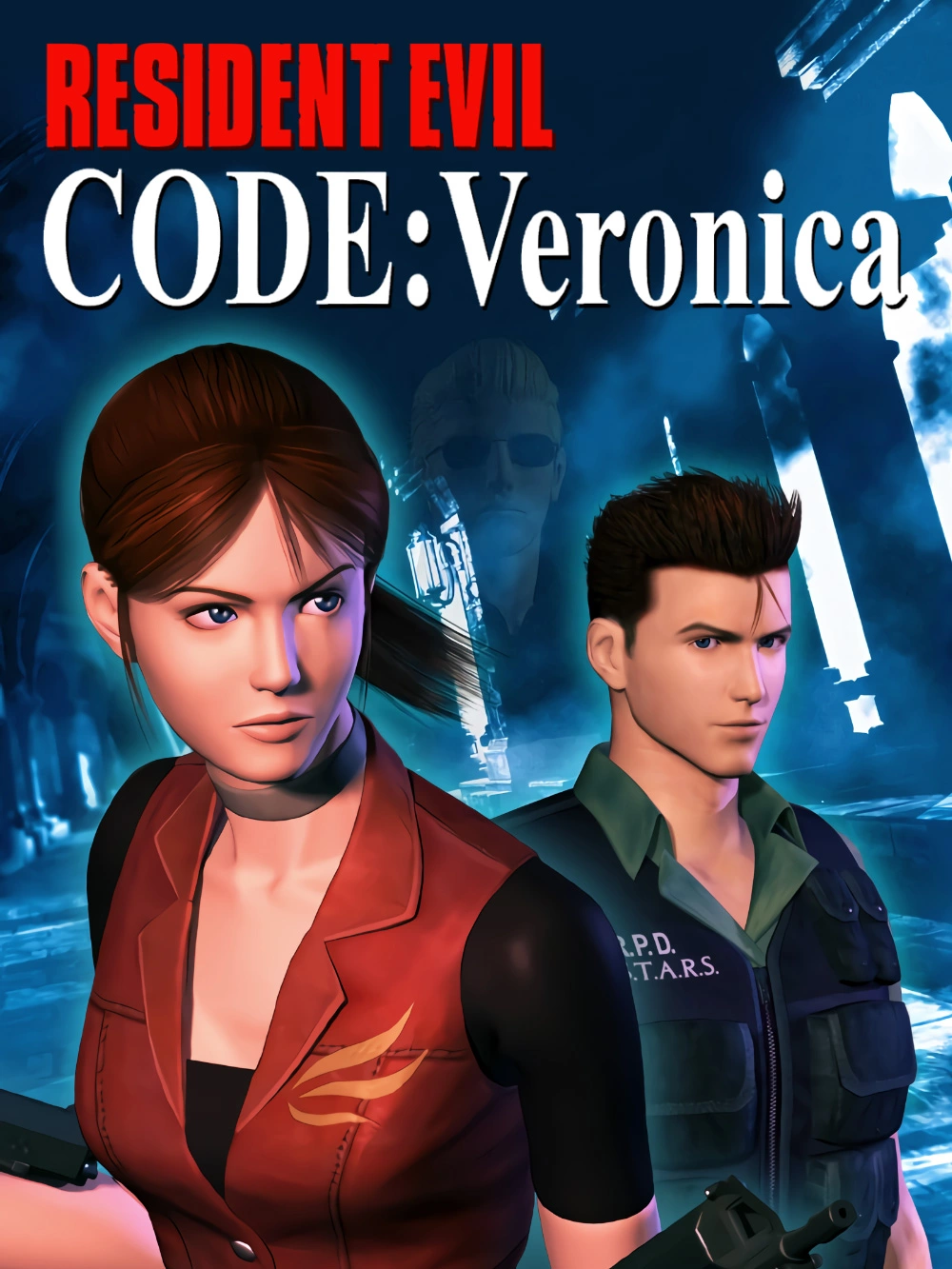
Resident Evil Code: VeronicaResident Evil Code: Veronica is the fourth video game in Capcom's Resident Evil survival horror series. The game continues the survival horror gameplay of its predecessors: the protagonist explores the surroundings, fighting monsters and solving puzzles. However, it is the first game in the series to do away with pre-rendered backgrounds using a fully polygonal 3D engine instead, which allows for features such as real-time lighting and camera movement. Still, such movements are only used sparingly, and the use of perspective is mostly unchanged from earlier installments: the camera automatically switches to different static angles showing protagonists, monsters and rooms from different spooky viewpoints.Action Horror Survival
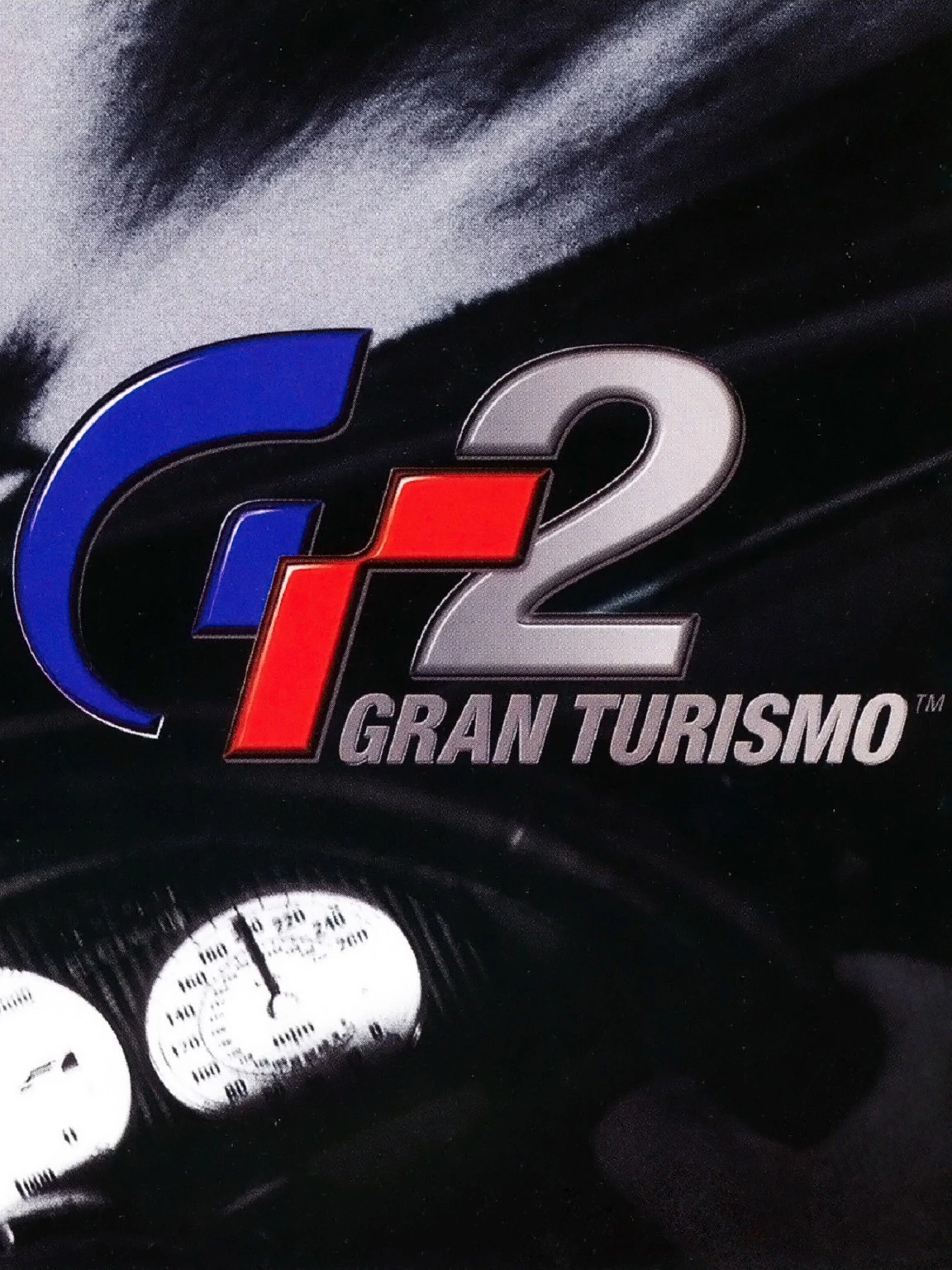
Gran Turismo 2Gran Turismo 2 is a racing game for the Sony PlayStation and the sequel to Gran Turismo. The game uses two different modes: Arcade Mode and Gran Turismo Mode. In the arcade mode, the player can freely choose vehicles they wish to use, and can enable damage. However, the Gran Turismo Mode requires the player to earn driver's licenses, pay for vehicles, and earn trophies in order to unlock new courses. Gran Turismo 2 features nearly 650 automobiles and 27 racing tracks, including rally tracks. Compared with Gran Turismo, the gameplay, physics and graphics are very similar. The major changes are the vastly expanded number of cars, tracks and races in simulation mode. Other differences include that the player can race events separately, if they don't want to enter the whole tournament. The player is no longer able to "qualify" for each race entered.Non-fiction
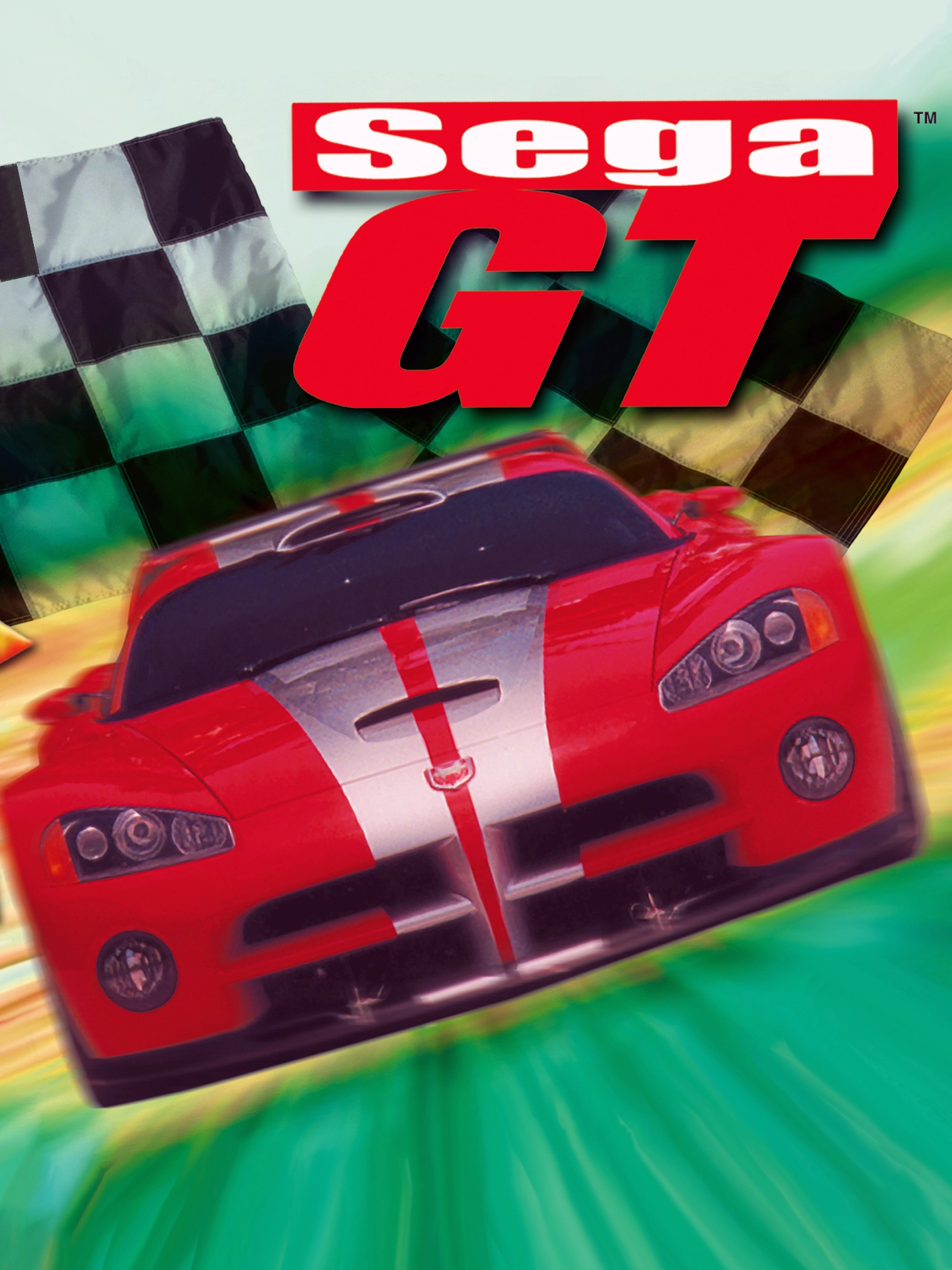
Sega GTWith a nod towards GT2, Sega tosses in their entry in the race-career-category, meaning that this game is all about racing. Racing to win competitions, cars, money and other prizes (such as licenses for bigger cars), buying new cars to race in, upgrading cars to race in and gaining licenses to race with.
It features realistic controls, graphic and physics, and spans over career, multiplayer or arcade modes, and hundreds of cars to boot.
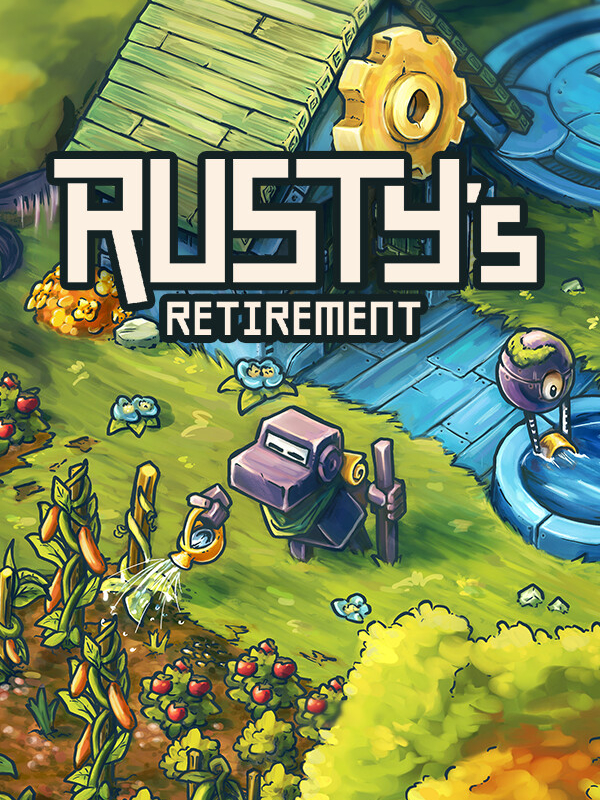
Rusty's RetirementRusty's Retirement is an idle-farming simulator designed to sit at the bottom of your screen allowing you to work on other tasks while caring for your farm.Fantasy Science fiction Sandbox
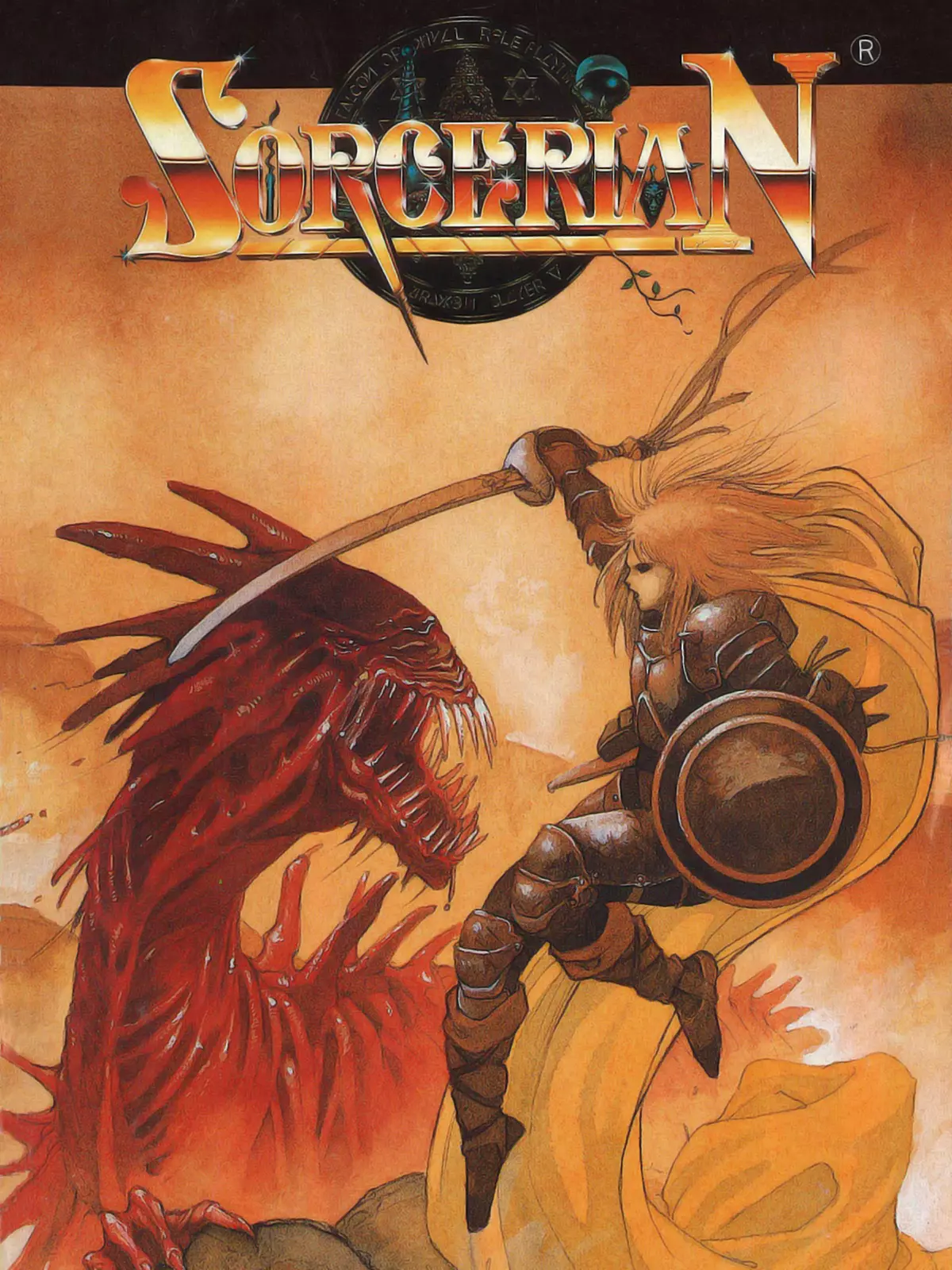
SorcerianSorcerian is a side-scrolling action-RPG. The player can create up to ten characters, from whom up to four members can be present in a party at the same time. Each character is highly customizable, with four different classes/races (fighter, wizard, elf, and dwarf) and over 60 possible jobs/occupations (ranging from clown to exorcist) available for them to perform; each has its own strengths and weaknesses, affecting the seven primary attributes (strength, intelligence, protection, magic resistance, vitality, dexterity, and karma) in different ways, as well as different equipment limitations.
The player can choose from fifteen different scenarios, or quests, to play through in the order of their choice. The party must battle enemies and perform tasks within the given levels to clear each scenario, before moving onto another scenario of their choice. The player controls the entire party at the same time, with all four members running in a line, jumping in sequence, and attacking in unison. The party members follow behind in a manner similar to the Options in the arcade shooter Gradius (1985). Sorcerian also employs class-based puzzles, such as using a high-strength character to force open doors.
All the characters have a default starting age of 16. Each time a player begins a new scenario, a year passes by, while additional time passes by in towns as a character goes through training or enchants items. The characters age at different rates depending on their race, with humans reaching old age at 60, dwarves at 100, and elves at 200. Upon reaching old age, for every year that passes, a character can die permanently at a random time. There is also an “Advance Time” to speed up the flow of time. Another new feature of Sorcerian was its episodic format that extended across various expansion packs. Besides the default fifteen scenarios that come with the game, there were a number of additional scenario packs released. The aging system was created with the additional scenario packs in mind.Action Fantasy Historical Sandbox
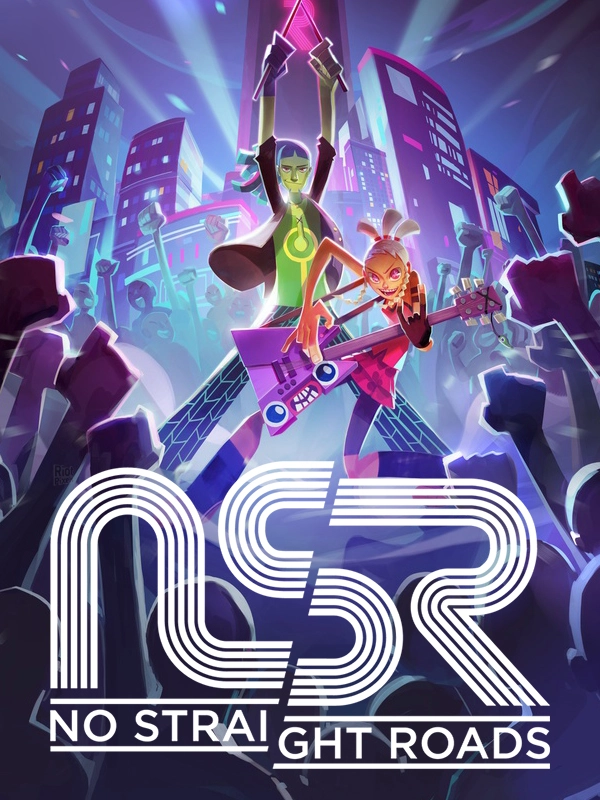
No Straight RoadsWelcome to Vinyl City! Play with Mayday and Zuke for the Musical Revolution in this action adventure game created by Wan Hazmer, one of the lead game designer of FF XV and Daim Dziauddin, SFV's concept artist.Open world Action Fantasy
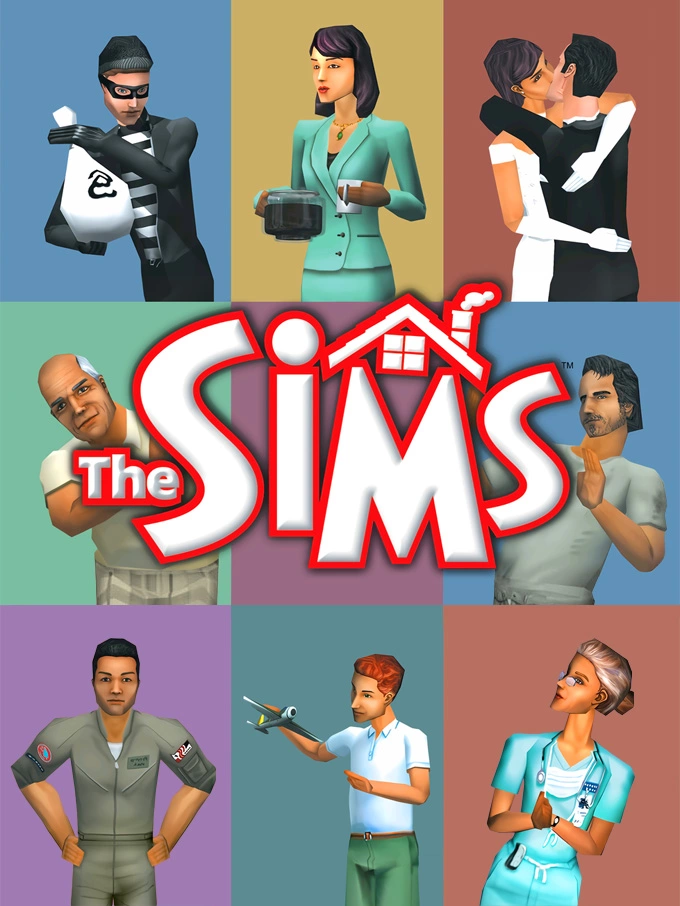
The SimsThe Sims is a life-building simulation with emphasis on intimate details of individual characters rather than expansion of an entire society or civilization. You are in control of nearly every aspect of the lives of the individuals who make up your chosen population in the neighborhood. Characters are developed from the ground up and you infuse and mold them with personalities, looks, desires, moods, urges, living arrangements, career and personal choices, life styles, and reactions.Fantasy Comedy Sandbox Romance
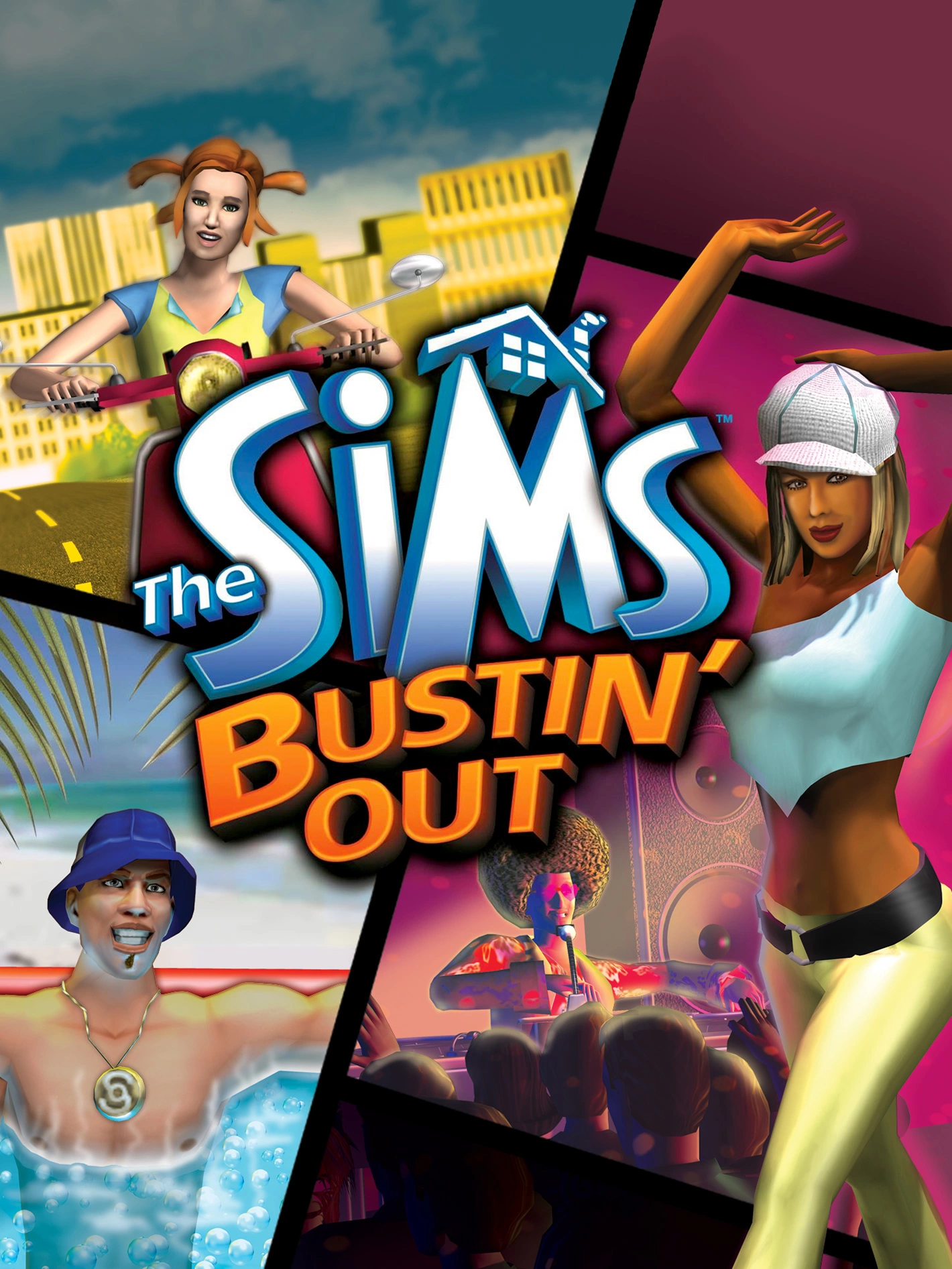
The Sims Bustin' OutThe Sims Bustin' Out is the second title in The Sims console series and the first The Sims title to not be released on PC. It featured the same 3D environment and engine the past game did, however adds several features from The Sims expansion packs: The Sims: Hot Date, The Sims: Superstar, and The Sims: Livin' Large. Bustin' Out was released for the Game Boy Advance, GameCube, PlayStation 2, Xbox and N-Gage in the fourth quarter of 2003. As the title suggests, the Sims can get out of the house to visit other locations such as Shiny Things Lab or Casa Caliente. There are two modes. Bust Out Mode which has mission based gameplay and Freeplay Mode which is open-ended gameplay very much like the original The Sims PC game.
